The Moonbow Library: Maurice Sendak
What to read, watch, and listen to.
Writing about picture books is not enough.
I wish I could hand you the books. I want us to touch, smell, and turn the pages together. I want to read the words out loud and look at the pictures with you. That’s how picture books are meant to be experienced. Usually, when a child reads a picture book they physically engage with it alongside another human (or many humans)—it requires active participation.
After we read books together, I wish I could take you to a back room—The Moonbow Library—where I’ve laid out a curated collection of papers, poetry, music, art, and objects for you to explore and extend your reading beyond the books. Sort of like an exhibition but more hands-on, a place designed for falling down rabbit holes, where you can listen to music, watch films, read more books, and get lost in a curiosity spiral.
My favorite part about reading is the connections I find. And I love collecting those discoveries in my personal library. Since I can’t physically share my space with you, I thought I would share a digital collection of things to read, watch, and listen to that are related to a recent artist I’ve written about. Last week, I wrote about Maurice Sendak. This is a collection of things I engaged with and explored while researching that piece.
This curated list is meant to be clicked! Each one of these links is a curiosity portal for you to get lost in. My hope is one or more of these links will take you down a path and inspire you to read, watch, or listen to something new.
The author Olivia Laing said in a conversation with Philip Hoare at The London Review of Books in 2017:
“There is a romantic idea of the artist as the individual, alone…but you [Philip Hoare] create this model of people being inspired by each other, people conversing with each other, people reading each other’s books, people attuned to a strange frequency that seems to run through the centuries, which I find both beguiling and beautiful but also right, it felt right to me, it felt like the way we make art.”
Sendak loved to collect “strange frequencies” throughout his career and it greatly influenced his art and life—it was vital part of his creative process. This digital collection only represents a sliver of the stuff he collected and cared about, but hopefully it expands your knowledge of him as an artist and deepens your appreciation of his books.
Maurice Sendak was a supreme autodidact, a classic polymath, a person for whom artist, critic, music lover, scenarist, author, and bibliophile were bundled into one splendid, unforgettable and unique package.
— R.O. Blechman for The Comics Journal (2013)
Read
One of the best books ever written about children’s literature as an art form.
Dear Genius: The Letters of Ursula Nordstrom collected and edited by Leonard S. Marcus (2000)
Sendak’s legendary editor Ursula Nordstrom was instrumental in developing his career as a children’s author and illustrator. During her time, she published the most amazing children’s books, such as Goodnight Moon, Harriet the Spy, Harold and the Purple Crayon, Where the Sidewalk Ends, and Charlotte’s Web. Her letters are funny, perceptive, and provide insight into what it was like work in that golden era of children’s publishing.
“Among the Wild Things: Maurice Sendak’s Fantastic Imagination” essay by Nate Hentoff for The New Yorker (1966)
Things still worth caring about, near the end of a life:
Peace and quiet, helping young artists, The Odyssey, Marcel Proust, Henry James, George Eliot, Franz Schubert, Samuel Palmer, William Blake, the ancients, William Shakespeare, John Keats, all the people you love passionately, telling the truth, love affairs, noses
Watch
This was the interview that inspired me to dig deeper into Sendak’s writing process and love of words.
Sendak’s 1960s studio tour is a fantastic example of how his art collection influences his creative process.
Listen
Out of all my research on Maurice Sendak, his conversation with Michael Silverblatt for Bookworm radio in 1990, was the most influential in my understanding of his writing process. Silverblatt is an incredible reader and interviewer. I highly recommend you listen to the many impressive author interviews he’s done since the 1980s, and then spend some time learning about him. (And check out his amazing personal library —which live in their own apartment!)
Maurice Sendak: On Life, Death And Children's Lit NPR —Fresh Air (2011)
Sendak’s interviews throughout the years with Terry Gross for NPR’s “Fresh Air” are all wonderful, but this one is heartfelt and poignant—it will bring you to tears.
This conversation provides insight into Sendak’s musical taste, but also his creative process.
Sendak’s Library:
Some notable books in Sendak’s personal library.
Songs of Innocence by William Blake
Songs of Experience by William Blake
Alice in Wonderland by Lewis Carroll
Mickey Mouse in Pigmy Land by Walt Disney
Moby Dick by Herman Melville
Pierre, or the Ambiguities by Herman Melville
The Odyssey by Homer
The Iliad by Homer
The Wings of the Dove by Henry James
Middlemarch by George Eliot
Grimms' Fairy Tales
The Princess and the Goblin by George MacDonald
The Light Princess by George MacDonald
The Selected Poems of Emily Dickinson
Nikolenka's Childhood by Leo Tolstoy
War and Peace by Leo Tolstoy
The Poetical Works of John Keats
The Complete Tales of Beatrix Potter
The Complete Works of Shakespeare
In Search of Lost Time by Marcel Proust
Swann’s Way by Marcel Proust
“I have a little tiny Emily Dickinson [book] that I carry in my pocket everywhere. And you just read three poems of Emily. She is so brave. She is so strong. She is such a sexy, passionate, little woman. I feel better.”
— Sendak on Bill Moyers (2004)
“I loved your long letter and hope it clarified some things for you to write it. Sure, Tolstoy and Melville have a lot of furniture in their books and they also know a lot of facts (‘where the mouth of a river is’) but that isn’t the only sort of genius, you know that. You are more of a poet in your writing, at least right now. Yes, Tolstoy is wonderful (his publisher asked me for a quote) but you can express as much emotion and ‘cohesion and purpose’ in some of your drawings as there is in War and Peace. I mean that. You write and draw from the inside out — which is why I said poet…You may not be Tolstoy, but Tolstoy wasn’t Sendak, either. You have a vast and beautiful genius.”
—letter to Sendak from his legendary editor Ursula Nordstrom (1961)
Sendak Influences
Some of Sendak’s many influences.
William Blake
Windsor McCay
Walt Disney
Beatrix Potter
George Stubbs
Philipp Otto Runge
Samuel Palmer
Rembrandt van Rijn
Paul Cezanne
George MacDonald
Albrecht Dürer
Wolfgang Amadeus Mozart
Henry Fuseli
Henry Melville
Beatrix Potter
Emily Dickinson
Jean de Brunhoff
Jean-Antoine Watteau
Jospeh Haydn
Wilhelm Richard Wagner
Wilhelm Busch
Franz Schubert
Pablo Picasso
“Sendak had a heartfelt, almost reckless love of his artistic influences.”
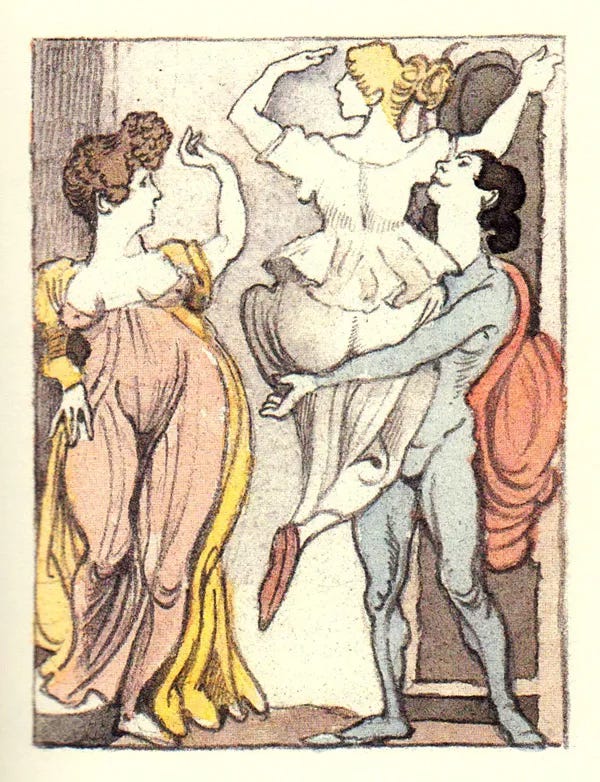
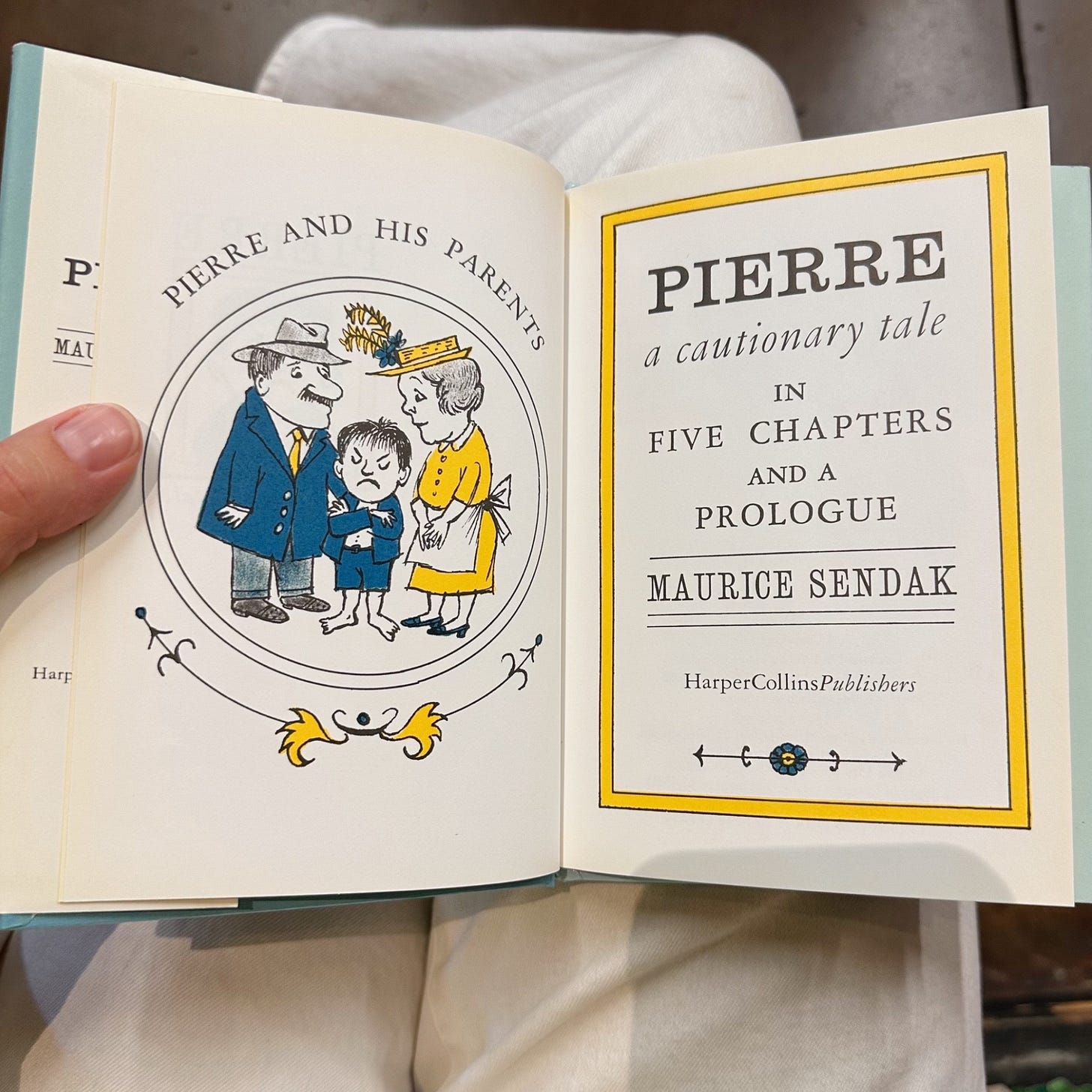
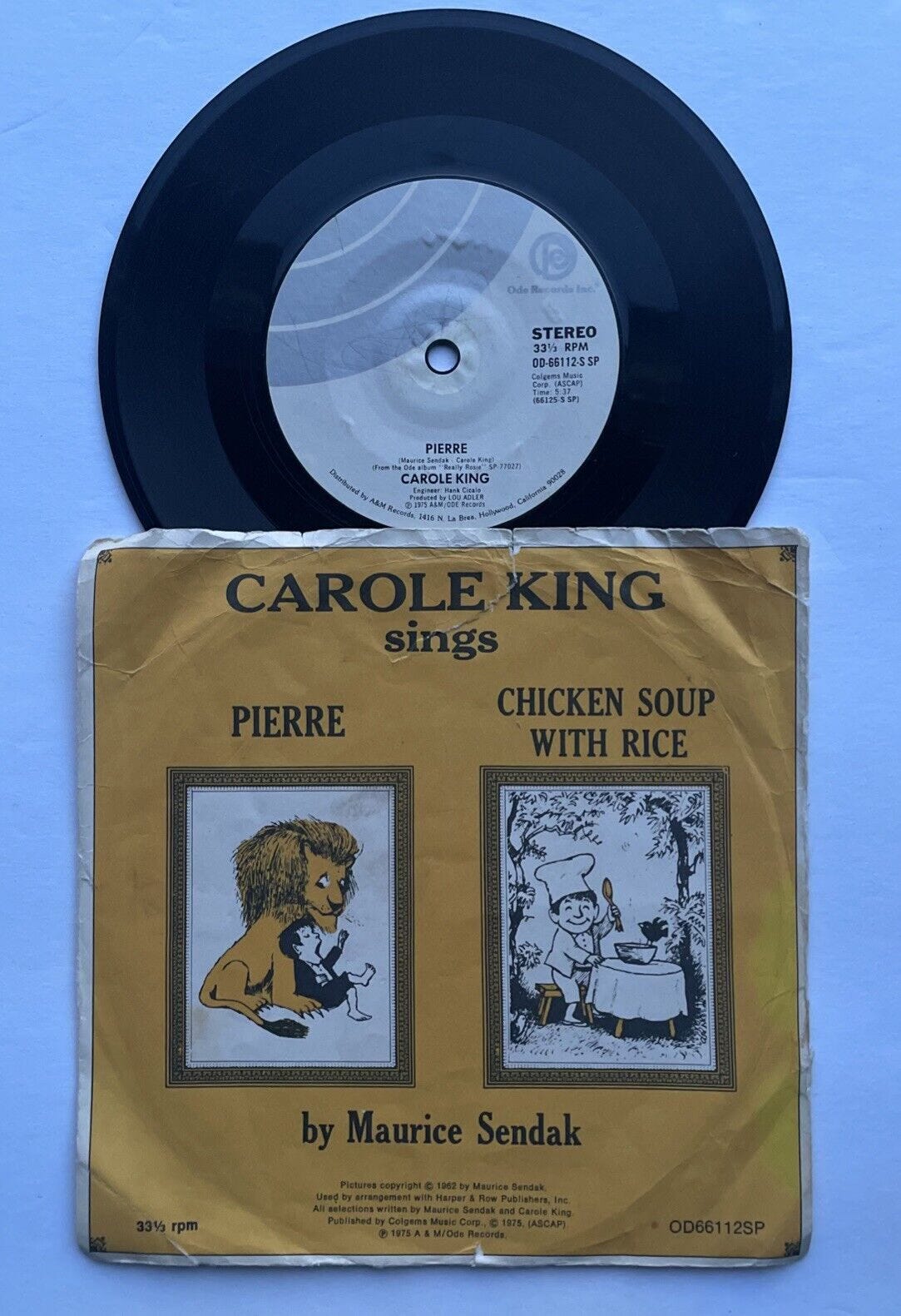
Read
Drawing the Curtain: Maurice Sendak’s Designs for Opera and Ballet (2019)
Discovering Maurice Sendak, the Opera Designer by Zachary Woolfe for The New York Times (2019)
Watch
Listen
Where the Wild Things Are (A Fantasy Opera) music by Oliver Knussen with words by Maurice Sendak
Higglety Pigglety Pop! music by Oliver Knussen with words by Maurice Sendak
Composer Oliver Knussen discusses his opera adaptation of "Where the Wild Things Are"
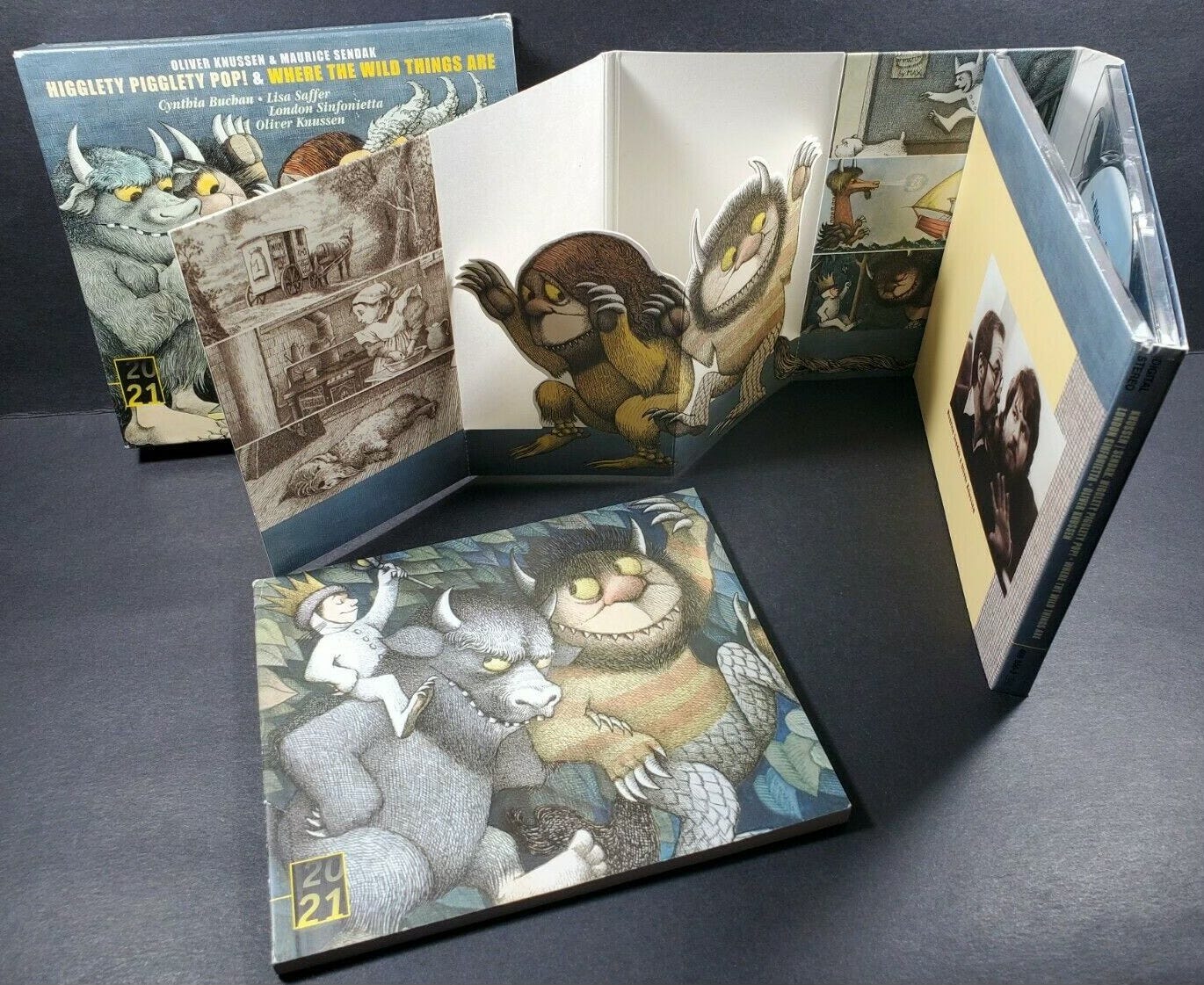
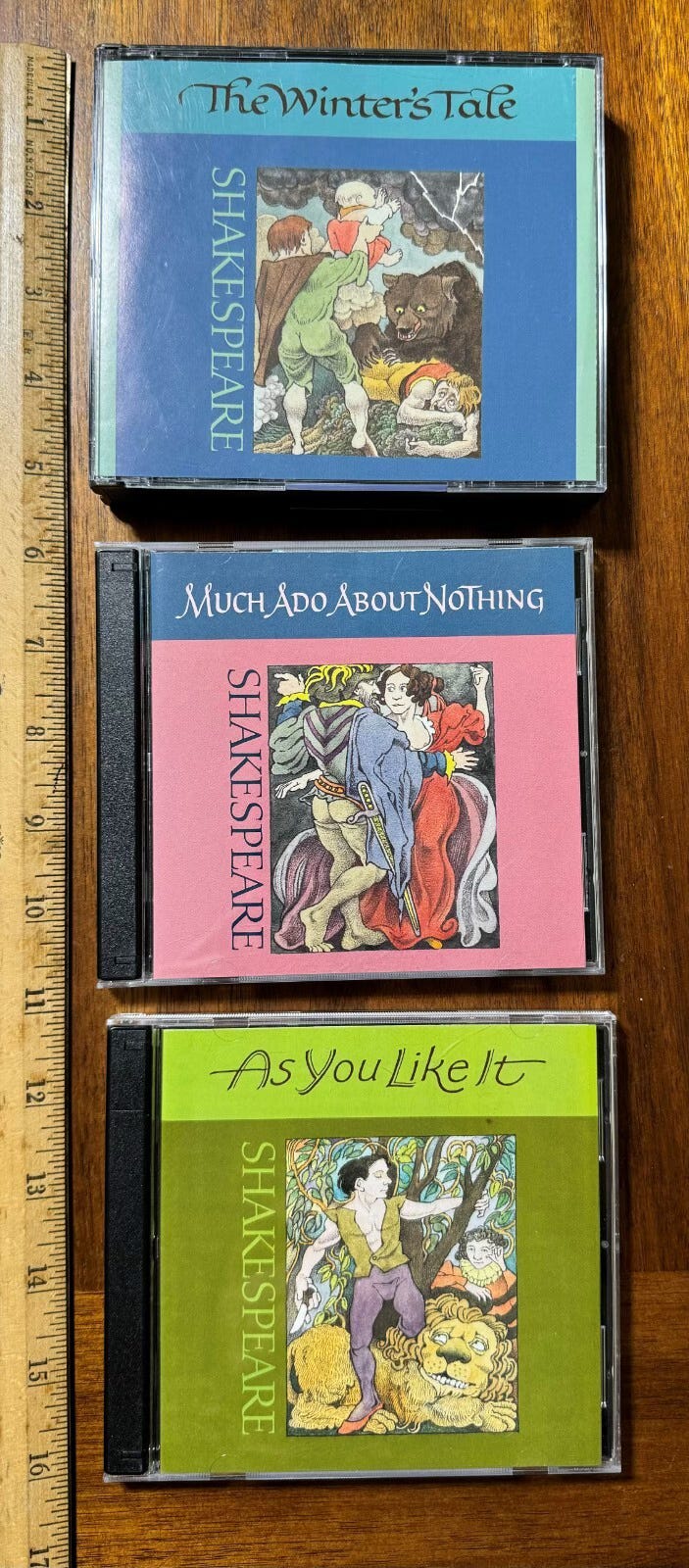
Read
“Call of the Wild: The Connection Between Shakespeare and Maurice Sendak,” an essay by Stephen Greenblatt for The New York Times (2013)
“Annotating My Brother’s Book: Some Initial Thoughts on Sendak’s Use of Pictorial Language” —Marc Crosby on Philnel.com
“Maurice Sendak’s My Brother’s Book: The Perfect Capstone to a Distinguished and Somehow Under-appreciated Career” by Bruce handy for Vanity Fair (2013)
I love Bruce Handy! He is one of the reasons I started Moonbow. I highly recommend you read his book Wild Things: The Joy of Reading Children’s Literature as an Adult (2017). He also writes fantastic picture books. In this piece, he complains about children’s books not being invited to the “adult table” —that even comics and graphic novels have won the Pulitzer Prize, but children’s books are excluded.
Why don’t we have a Pulitzer Prize for picture books?!
“We Are Inseparable!”: On Maurice Sendak’s Last Book essay for The New Yorker by Avi Steinberg (2013)
The Winter’s Tale by William Shakespeare
The Winter’s Tale is one of my very favorites by Shakespeare—and it seems it was one of Sendak’s too.
My Brother’s Book by Maurice Sendak (2013)
Sendak’s last book. Totally underrated in my opinion. Such a beautiful tribute to his bother, his partner, art, and life.
Watch
I loved this and learned a lot!
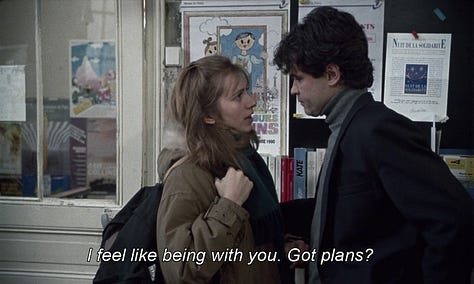
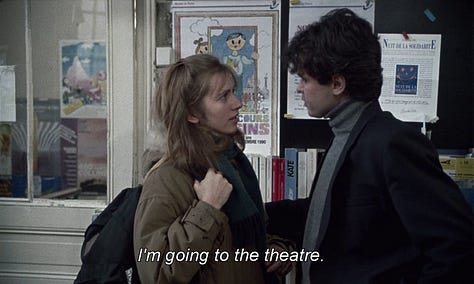
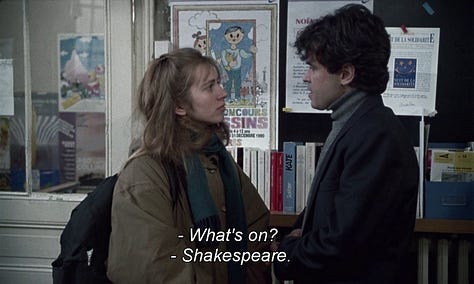
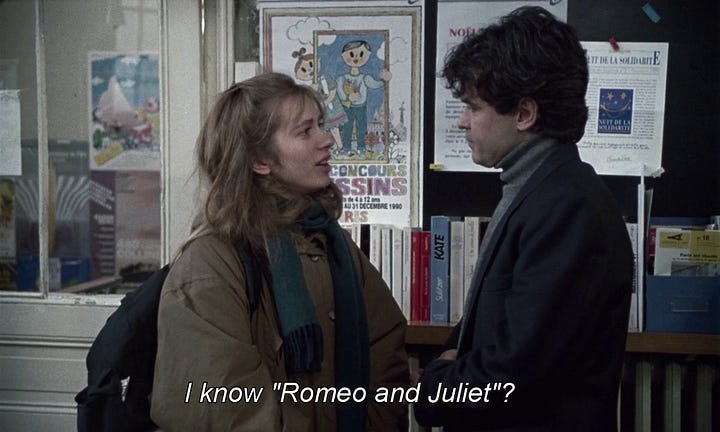
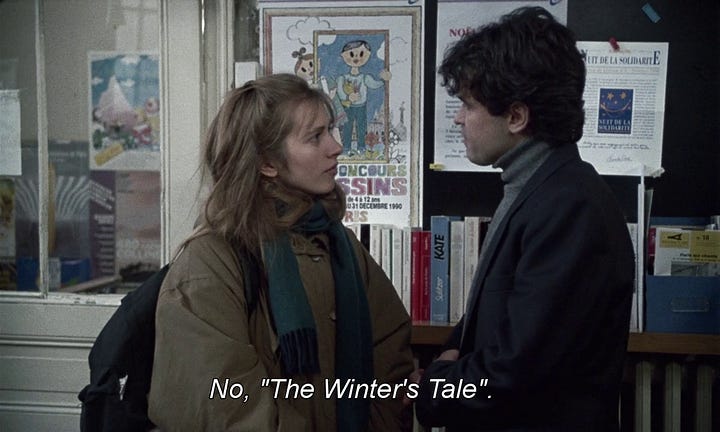
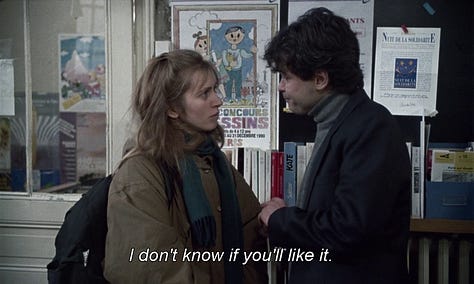
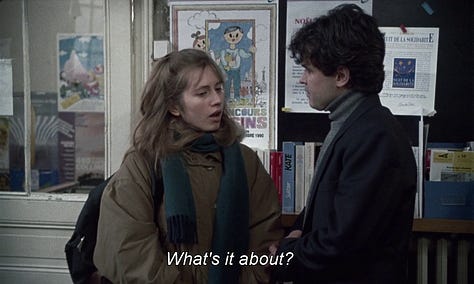
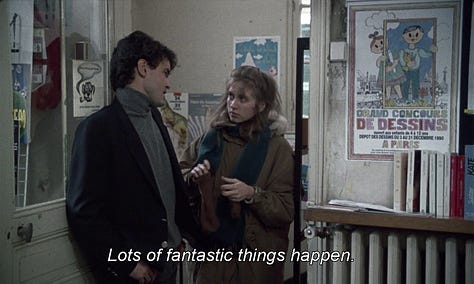
“Art has always been my salvation…and my gods are Herman Melville, Emily Dickinson, and Mozart. I believe in them with all my heart. And when Mozart is playing in my room, I am in conjunction with something I can’t explain. I don’t need to. I know that if there’s a purpose for life, it was for me to hear Mozart.”
—Sendak on Bill Moyers (2004)



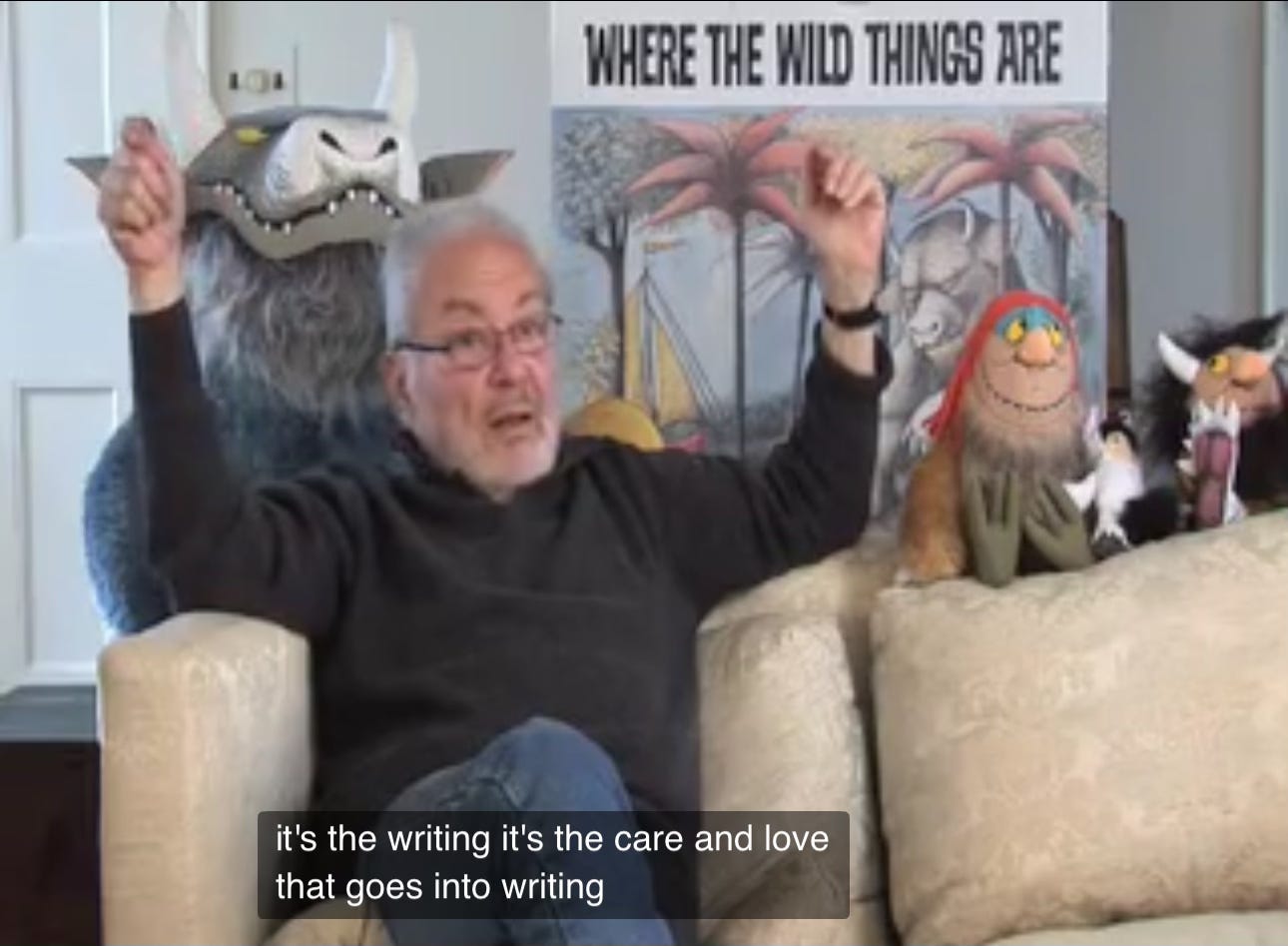
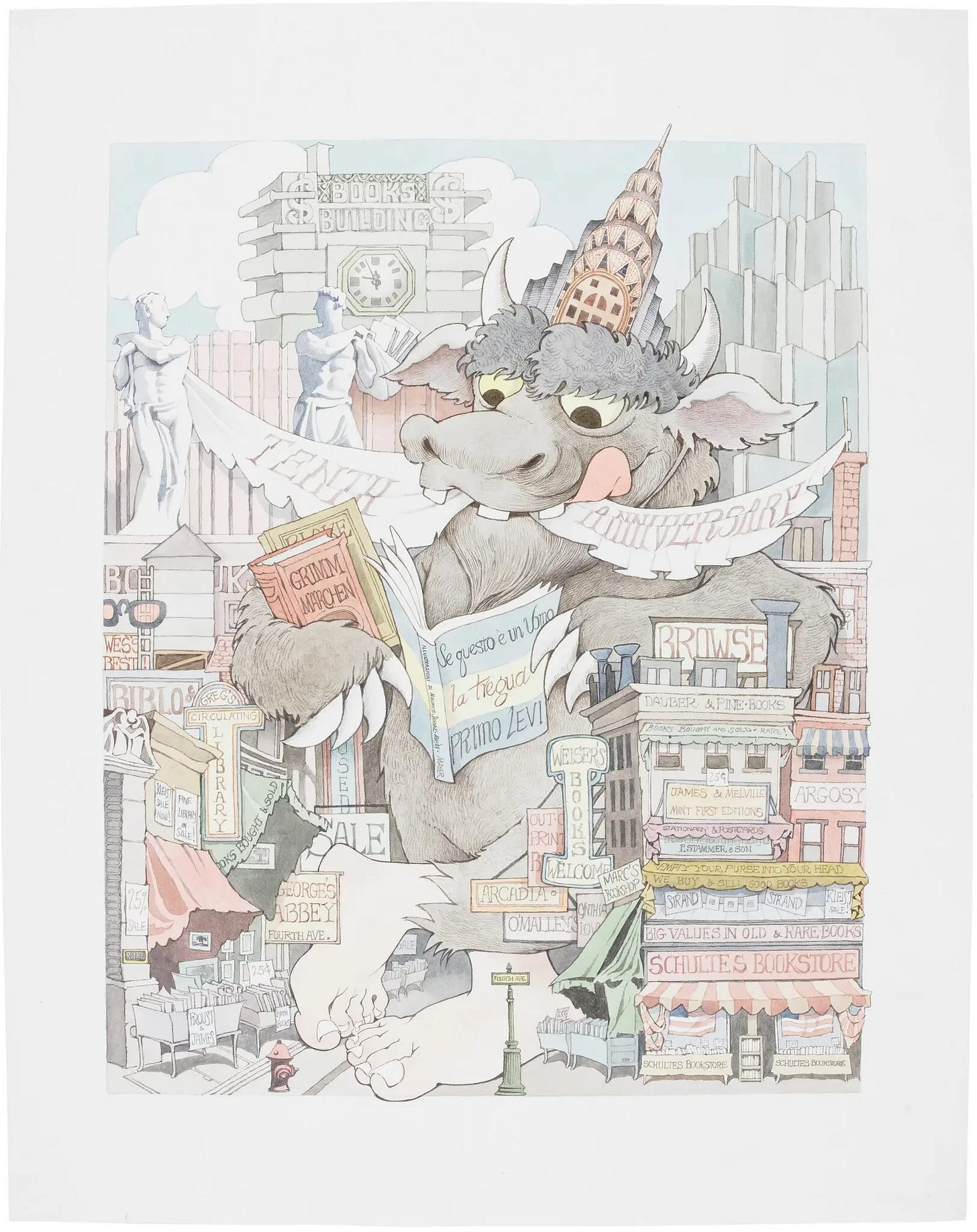
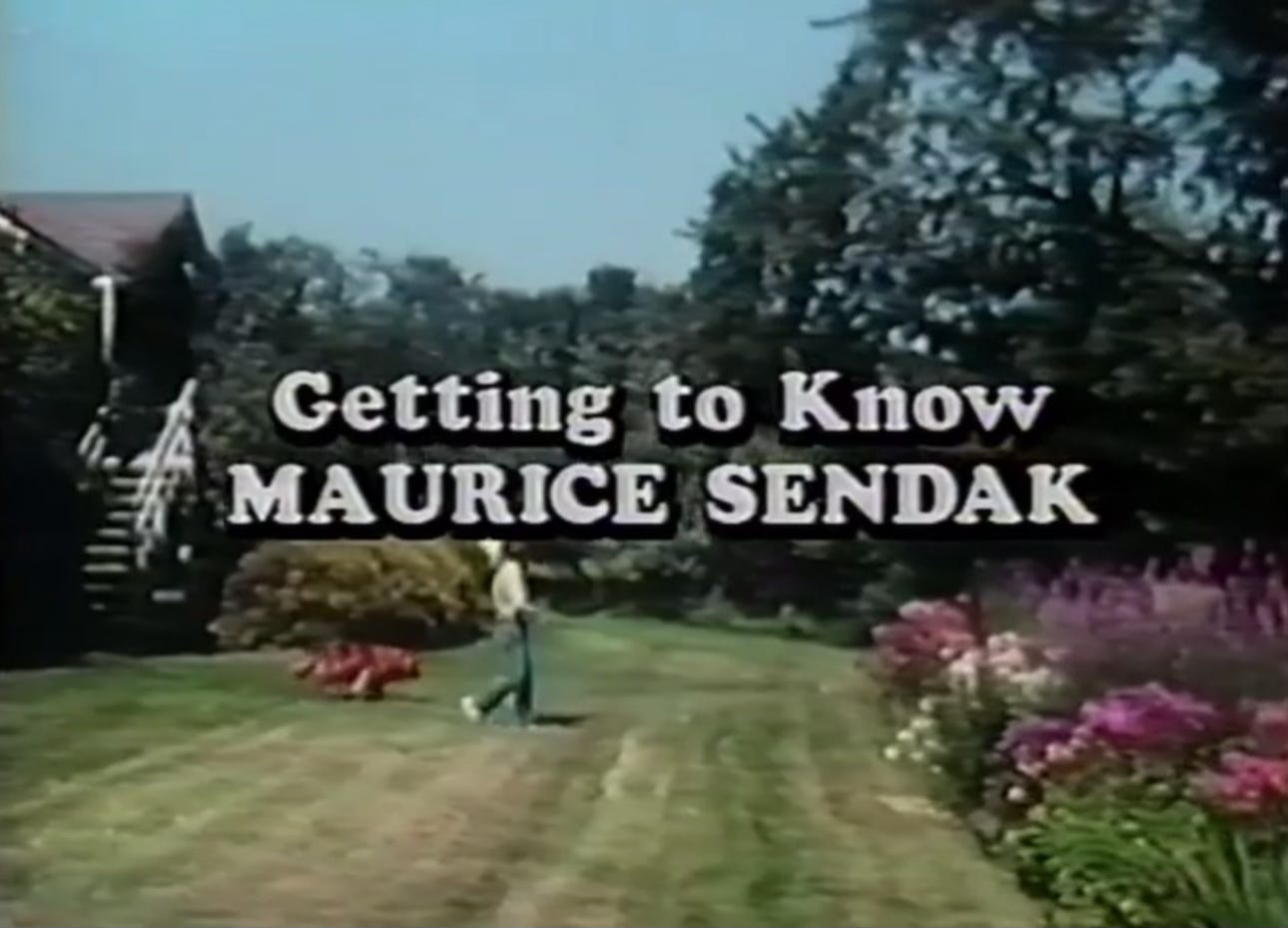
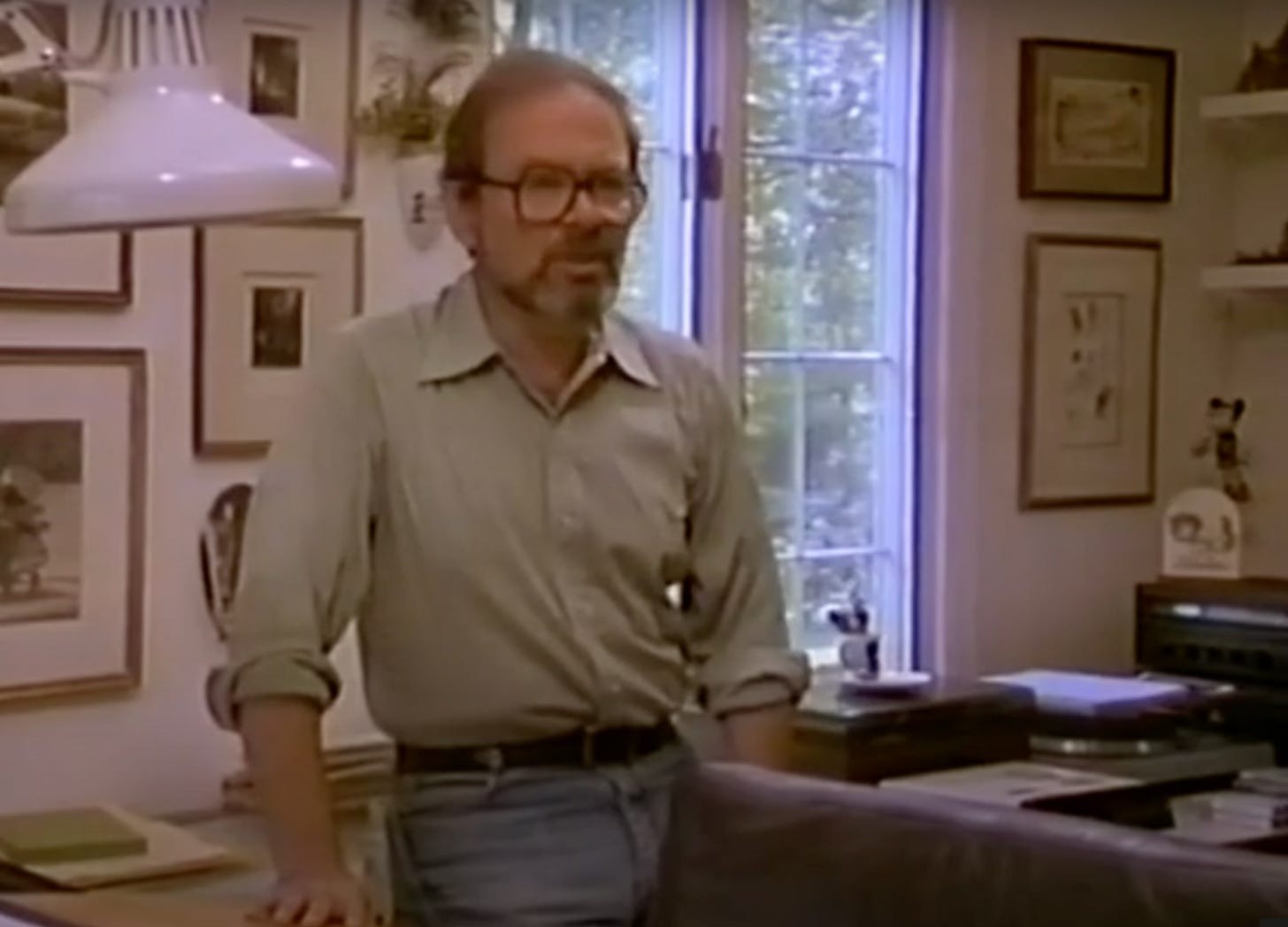
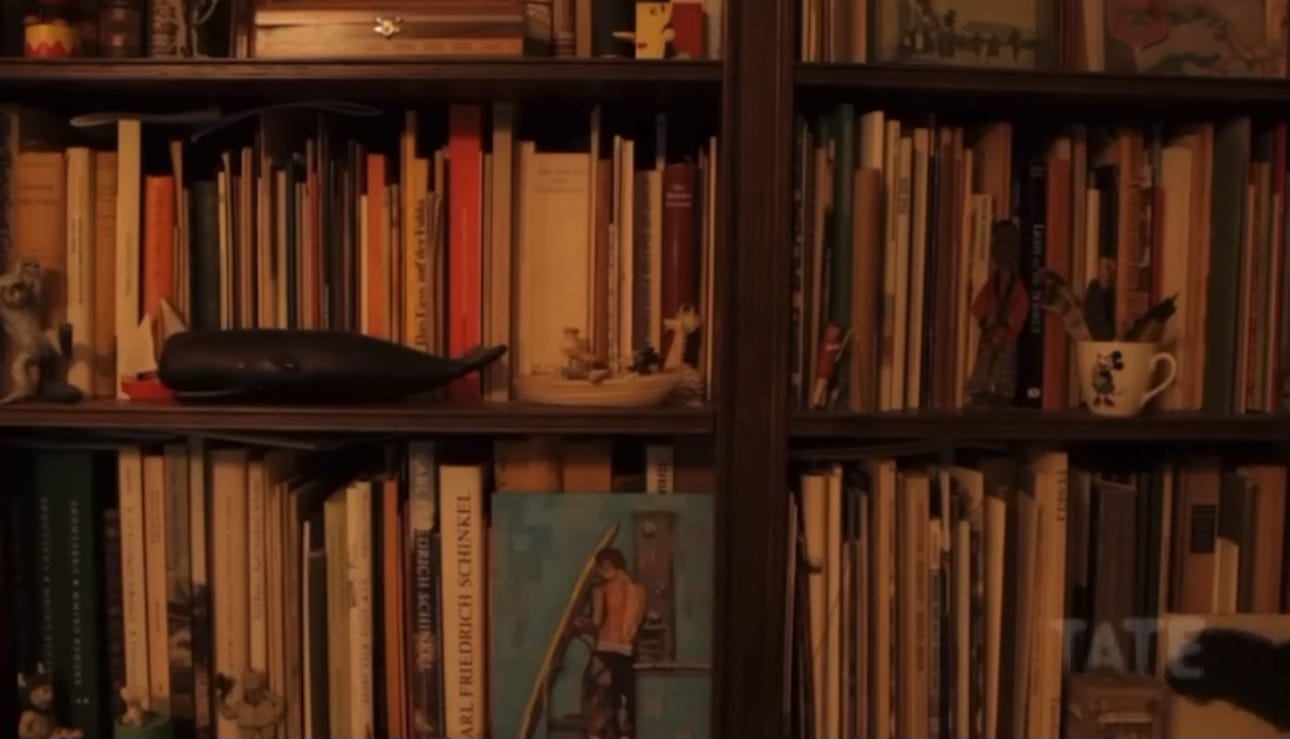
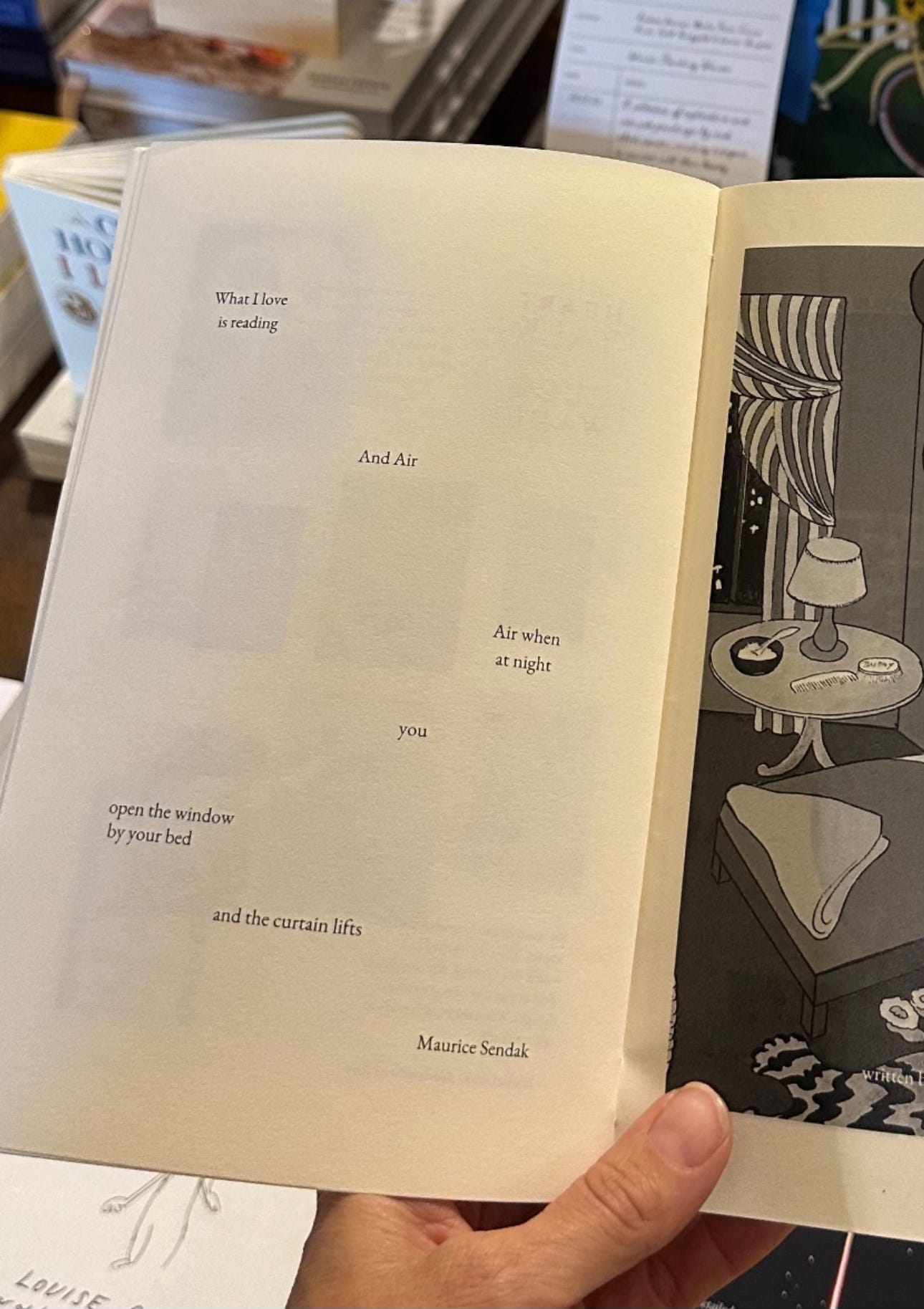
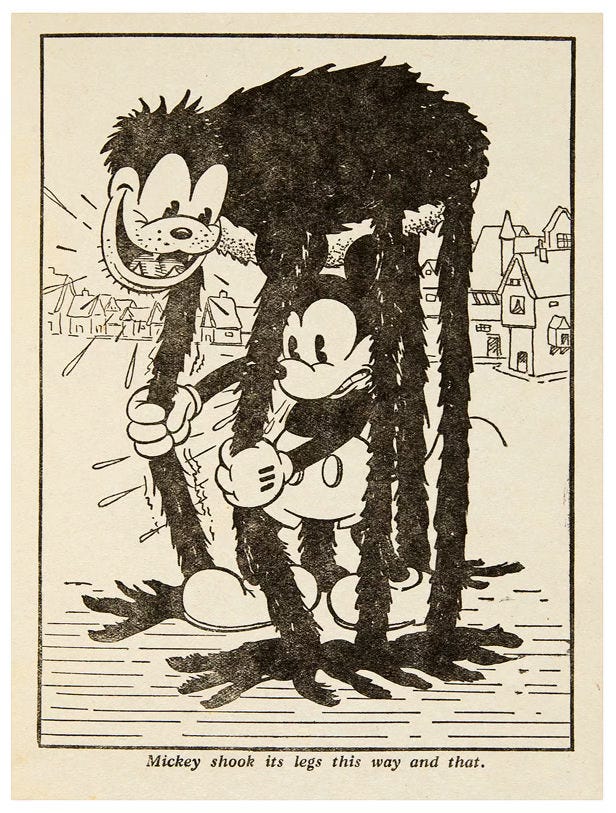
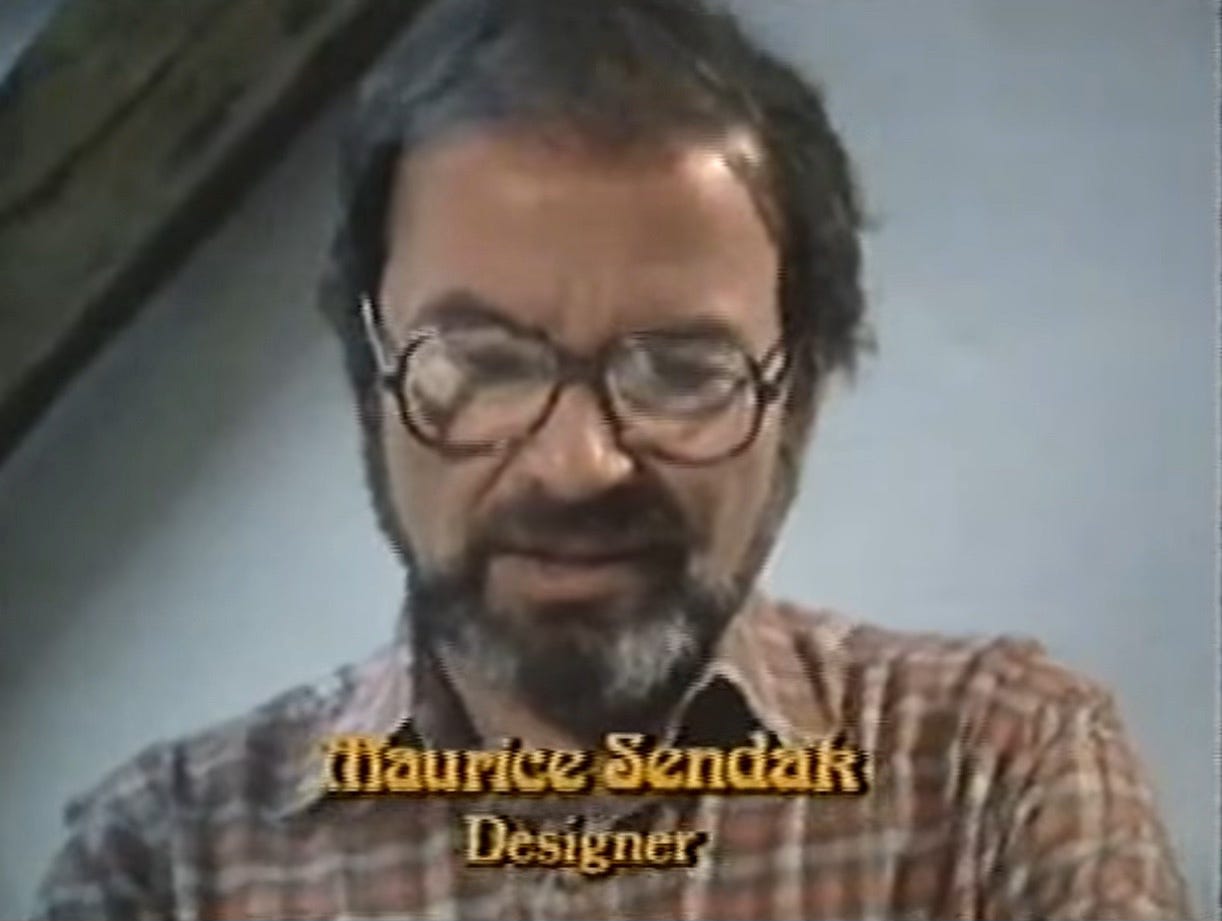

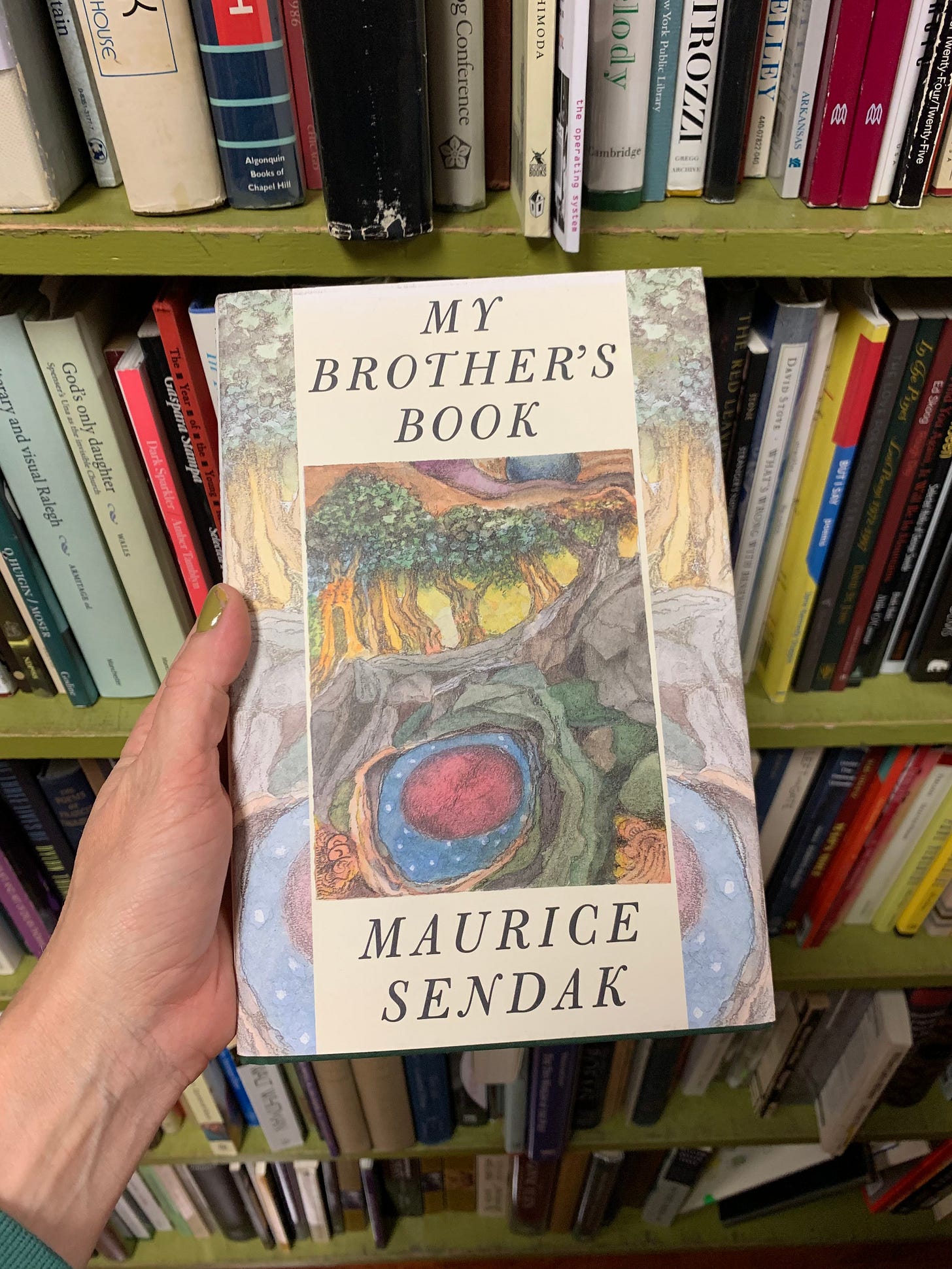
Taylor, this aligns so well with something I’ve been thinking about recently — which is how to help grownups who think they don’t like picture books and/or reading with their children to discover that there is so much more for the adult brain in children’s literature than they realize. I love imagining these experiences and collections and conversations as a kind of book fair alternative for whole families to enjoy, together and on their own winding paths. So, anyways, thank you for sharing; I hope this is the first of many editions of Moonbow like this.